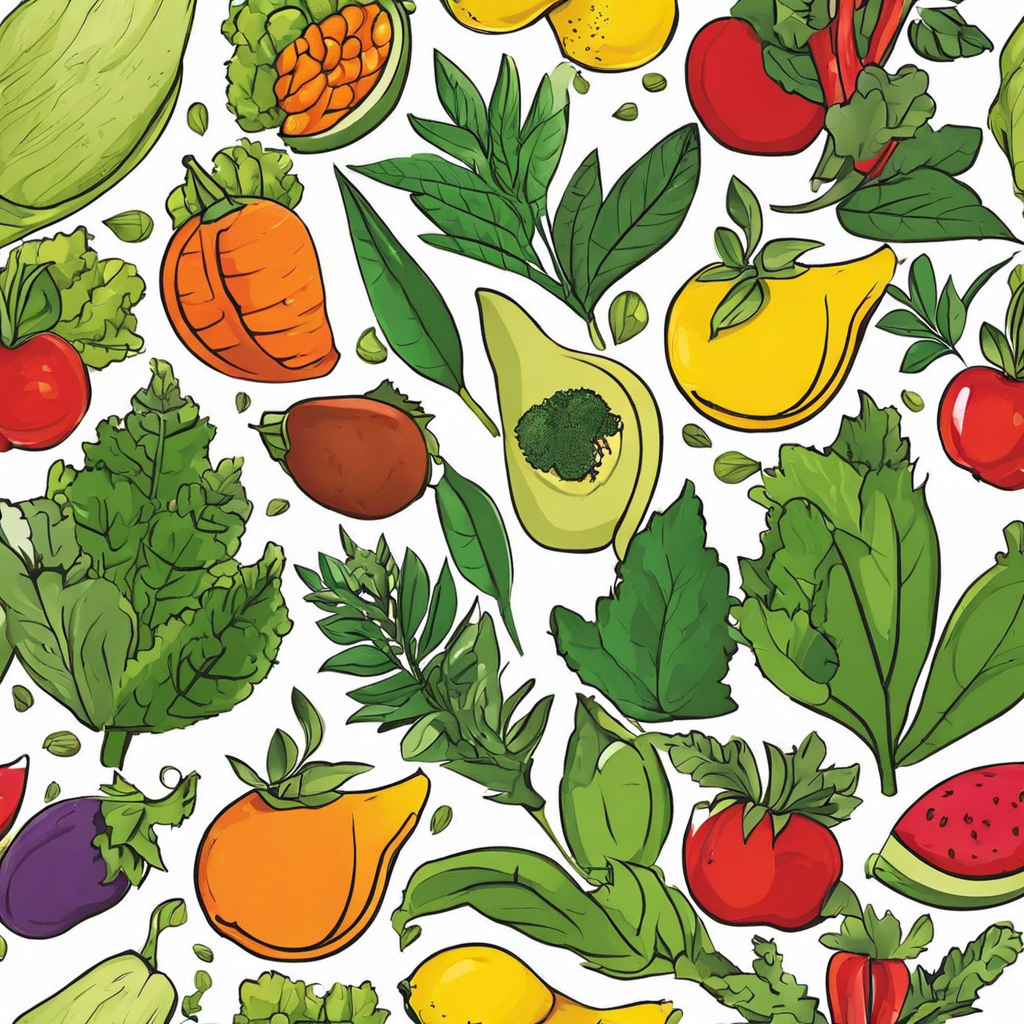Eating a plant-based diet has countless benefits for both your health and the environment. It’s a simple way to boost your nutrient intake and reduce your carbon footprint. But, for those accustomed to a meat-heavy diet, the idea of incorporating more plant-based foods can be daunting. Where do you start, and how can you ensure you’re getting all the nutrients you need?
Firstly, let’s clarify what we mean by ‘plant-based.’ This approach focuses on foods derived from plants, including fruits, vegetables, grains, legumes, nuts, and seeds. It doesn’t necessarily mean eliminating all animal products, but rather, shifting the emphasis to make plants the star of your plate.
A great way to start is by experimenting with plant-based alternatives in your favorite dishes. For example, try using black beans or lentils in place of ground beef in tacos or chili. You can also opt for meat substitutes, such as soy-based tofu and tempeh, which are excellent sources of protein and can be used in a variety of dishes, from stir-fries to salads.
Incorporating more plant-based meals into your diet doesn’t have to mean sacrificing flavor or convenience. There are plenty of quick and easy options, like pre-made vegetarian burgers, sausages, and chicken alternatives, which can be thrown on the grill or into a stir-fry for a simple weeknight dinner.
Another simple swap is choosing plant-based milk instead of dairy. Options like oat, almond, soy, and coconut milk are widely available and can be used in coffee, cereal, and baking. You can also get creative with plant-based cheeses, which are increasingly available in grocery stores and offer a vegan-friendly way to enjoy a grilled cheese sandwich or a cheesy pasta bake.
One of the benefits of plant-based eating is the opportunity to explore new ingredients and cuisines. International dishes, like Indian curries, Thai stir-fries, and Mexican bean dishes, often naturally plant-based and are a great way to add variety to your diet. Spices and herbs are key to adding flavor, so don’t be afraid to experiment with new seasonings and chili peppers to create delicious, satisfying meals.
Snacking is also made easy with plant-based options. Hummus with veggie sticks, roasted nuts and seeds, fruit with nut butter, and edamame beans are all nutritious choices that will keep you full between meals.
When eating out, look for vegetarian or vegan options on the menu, or ask the kitchen to modify a dish to make it plant-based. Many restaurants are now catering to various dietary needs, so you can enjoy a night off from cooking without compromising your plant-based goals.
Lastly, meal planning and preparation are key to success. Set aside time each week to plan and prepare some plant-based meals and snacks, so you always have something nutritious and delicious on hand.
Making these simple swaps and embracing plant-based alternatives is an easy way to boost your health and the planet’s wellbeing. So, why not give it a try and see the positive impact it can have on your life?
